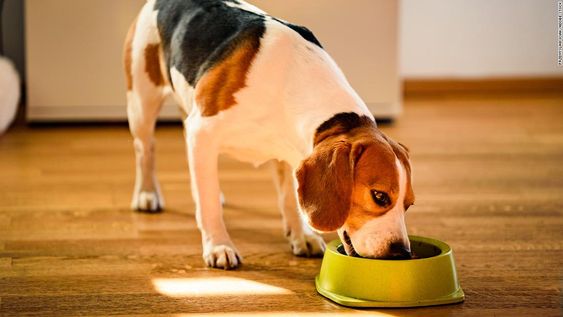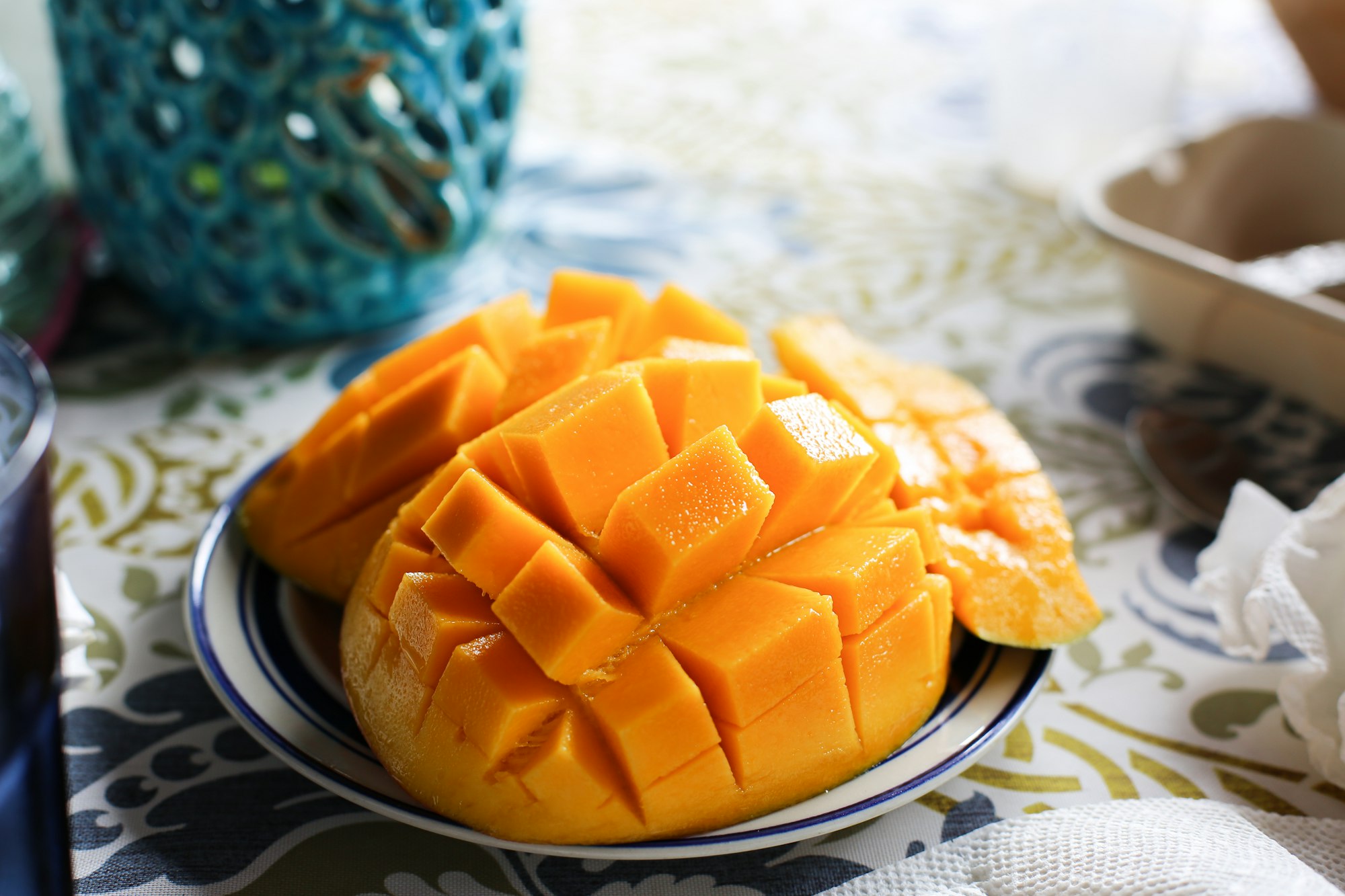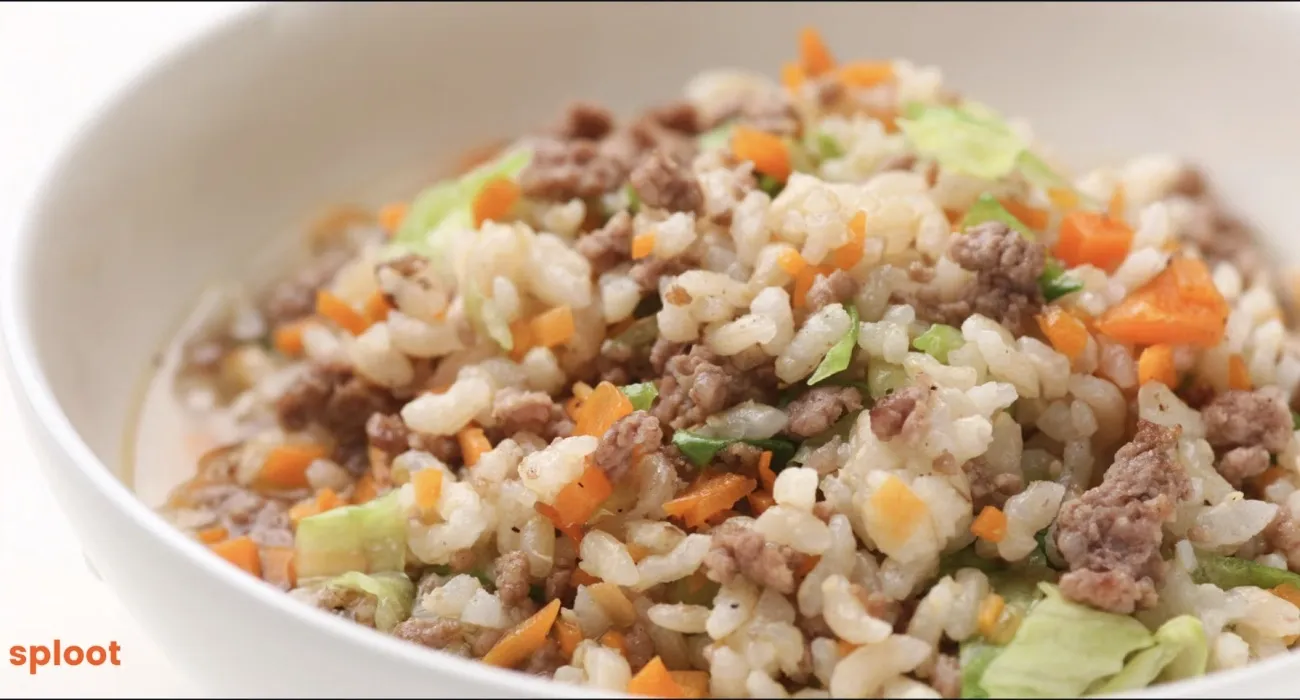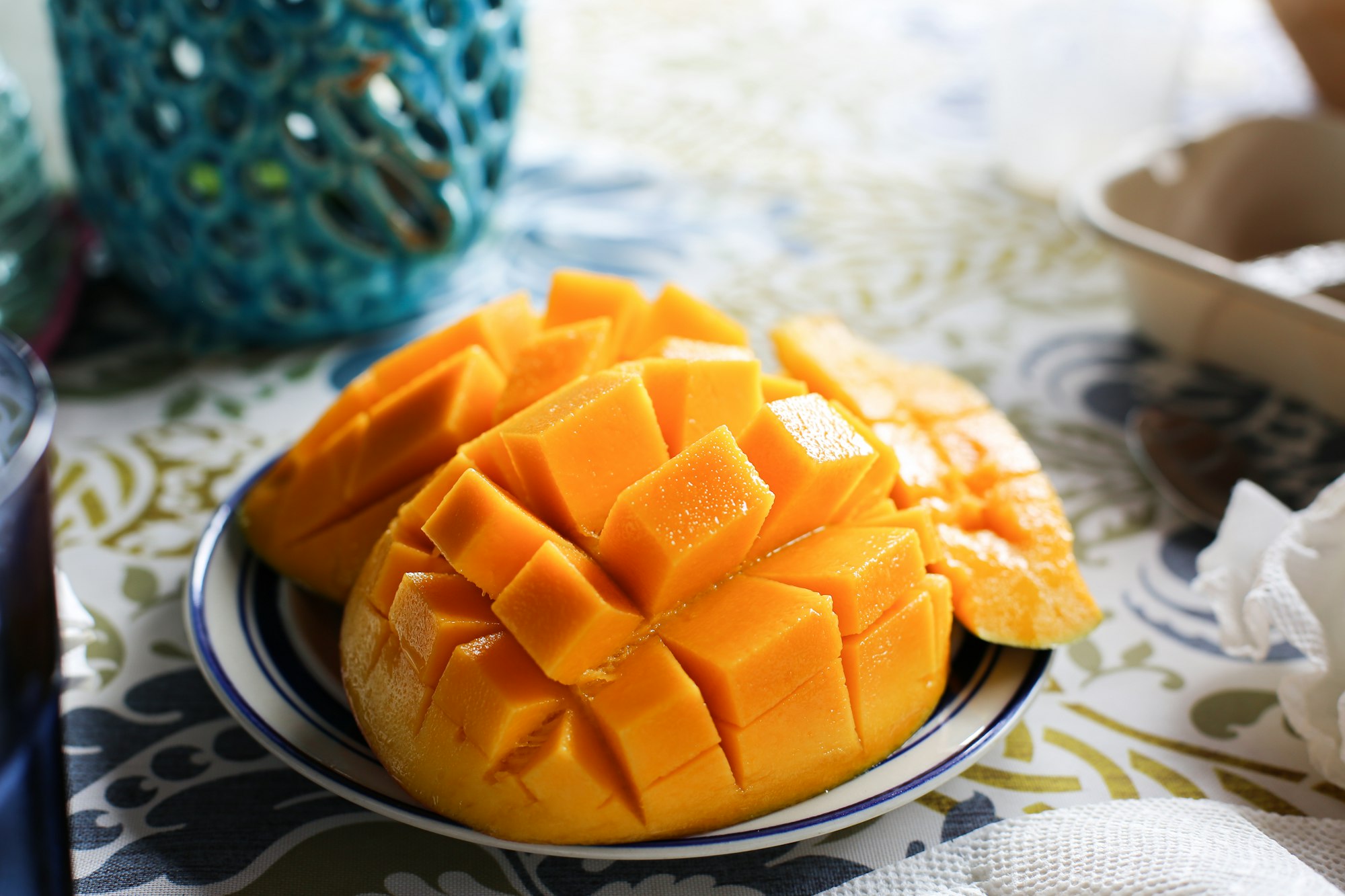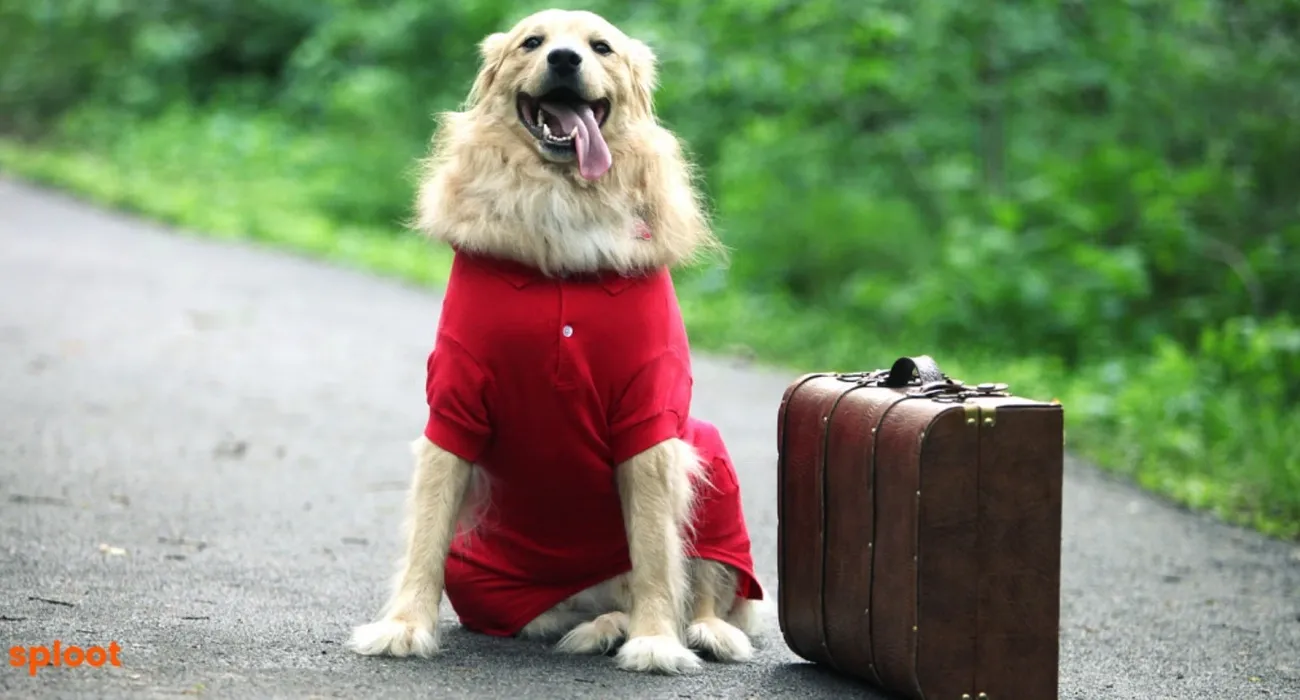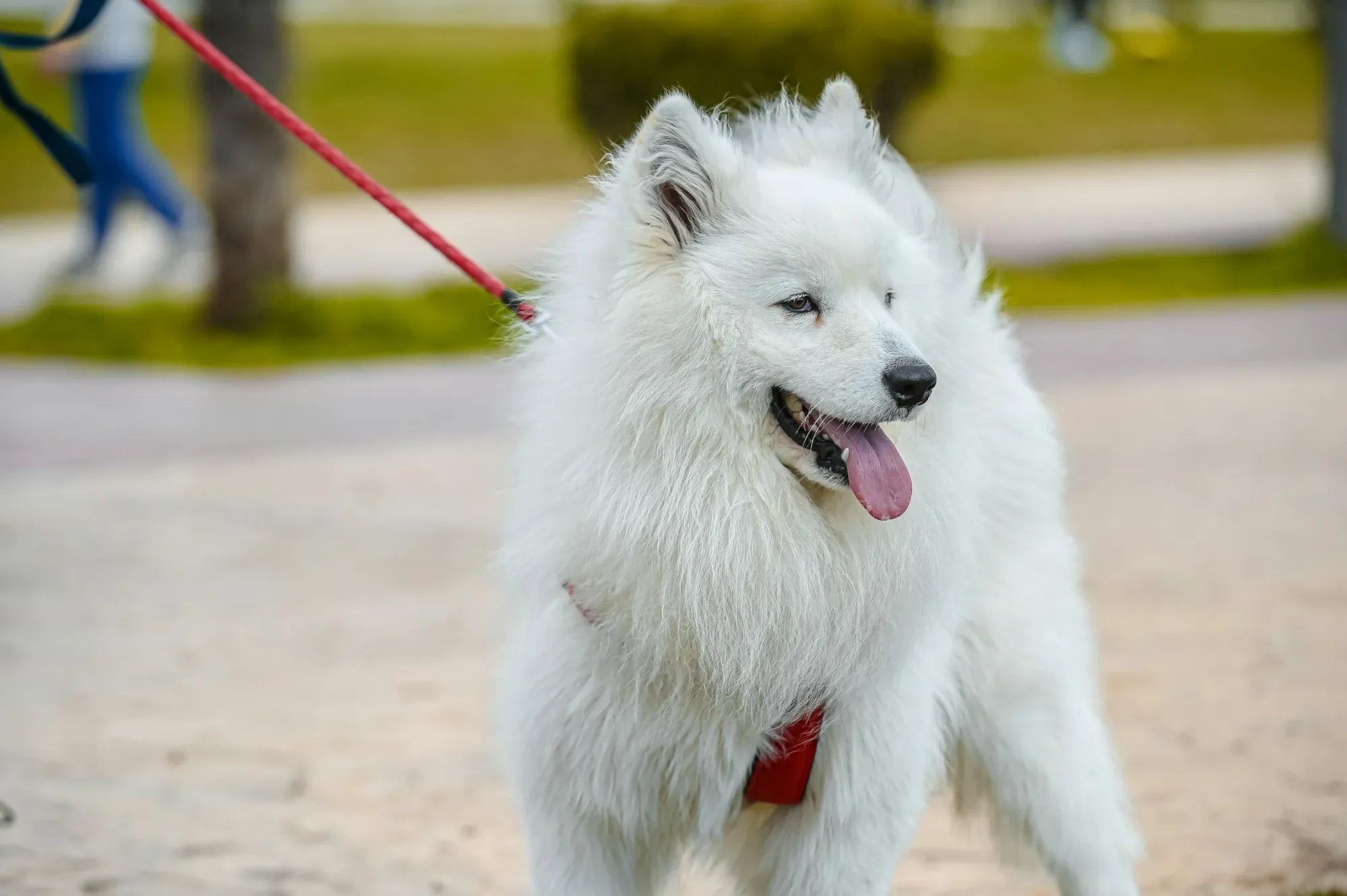Curd and chapatis are a staple in Indian households and we love to consume it in various ways. Many dog parents also feed curd to their furry companions, but is curd actually good for dogs? Does it make up for a safe addition to their diet?
Curd contains probiotics that support digestion and gut health. So dogs can consume plain curd, but there are some factors you need to be aware of. As for chapati, it has gluten, which can be hard for dogs to digest and may cause allergies.
It is essential to know which human foods are suitable for dogs and which are not as food items that are good for us may not benefit them. Let's learn in detail about how curd and chapati work for our dog's diet!
Is Curd Good for Dogs?
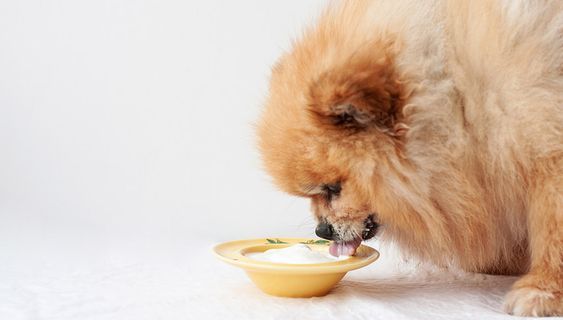
The answer is yes; plain curd in moderation is good for dogs. But it's important to understand how it impacts your dog based on their age, season, and food tolerance.
1. Nutritional facts- Curd is packed with calcium, protein, and probiotics, which support bone health, muscle development, and gut health. These properties improve digestion and even relieve minor gastrointestinal issues in dogs. A serving of curd contains essential vitamins like B12, magnesium, and phosphorus, which is great for keeping them fit.
2. Benefits- The probiotics in curd promote a healthy gut flora, aiding digestion and improving stool quality, especially in dogs who have a sensitive stomach and often experience minor stomach upset or diarrhea. Plus, curd is high in protein that helps build and repair muscles in growing puppies and active adult dogs.
3. Concerns / Intolerance- Curd basically suits most dogs, even dogs that are lactose intolerant. That’s because every dog at their puppy stage consumes milk, but as they grow older, they lose the ability to digest large amounts of lactose (milk), causing digestive issues like gas or diarrhea. However, when milk is fermented into curd, the lactose content or lactic acid gets massively reduced which is the main culprit behind digestive problems.
The only thing to keep in mind is, feed curd in moderation. Also, monitor your dog when introducing curd for the first time to check for any adverse reaction.
1. Alternatives- For dogs that cannot digest curd, alternatives like kefir and cottage cheese can be fed in small amounts. Kefir is a fermented milk drink rich in probiotics with over 50 species of beneficial bacteria and yeast. It helps boost the population of lactic acid bacteria in the gut, improving digestion without causing side effects.
Cottage cheese is another option as it contains probiotics like Lactobacillus acidophilus and Bifidobacterium bifidum. However, it should be given in low quantities (around a tablespoon) and may not be suitable for dogs highly sensitive to dairy.
2. Serving as per age-
1. Puppies: Small amounts of curd (1-2 teaspoons) can be introduced occasionally as a treat.
2. Adult Dogs: 2-3 tablespoons of curd a few times a week, especially when they need a digestive boost.
3. Senior Dogs: Older dogs with sensitive stomachs may benefit from curd due to its easy-to-digest nature, but it should be given in smaller quantities.
3. Serving as per seasons- During hot weather, curd acts as a cooling agent. Mixed with water or rice, it can help regulate body temperature, keeping your dog hydrated and comfortable. In colder months, curd should be reduced or avoided for dogs prone to respiratory issues, as it can aggravate colds.
4. Serving variations- A popular and light meal option is curd-rice, which is easy on the stomach and can be given to dogs with mild digestive problems or when they lose their appetite during excessive hotter weather. You can prepare curd-rice by mixing plain curd with boiled white rice, adding a bit of water to create a soft, easy-to-eat consistency. Avoid adding any spices or salt.
So, is curd good for dogs? Yes, it is a nutritious addition to your dog's diet when given in small portions and according to their tolerance level. While curd offers several health benefits, it’s essential to check your dog for any signs of intolerance. For dogs that can handle curd, this amazing food option can be a refreshing treat, especially in summer. However, always consult your vet before adding curd to your dog’s diet.
Is Chapati Good for Dogs and Puppies?

No, not really! While chapati contains some nutrients like fiber and carbohydrates, but it also has gluten, which doesn’t make it the best choice for your dog's diet.
1. Nutritional facts- Chapatis are a good source of carbohydrates, which gives a quick energy boost. However, in terms of feeding a dog, the nutritional content of chapati isn’t very rich compared to other food options. It lacks essential proteins, vitamins, and minerals necessary for a dog’s balanced diet.
2. Benefits- If your dog can tolerate the gluten content of chapati easily then you can mix it sometimes with high-quality fresh dog foods or gravy toppers for their main meals. But remember, it should never be the primary food source.
3. Concerns / Intolerance- The major concern with chapati is its high gluten content, which can be difficult for some dogs to digest. Gluten intolerance can lead to issues like bloating, gas, or even more severe digestive problems. For dogs with wheat allergies, chapatis should be avoided altogether. So then, can dogs eat roti safely? Only in moderation and if they show no signs of gluten sensitivity.
4. Alternatives- Dog parents generally use chapati as a filler food that is added with other dog-friendly food items while preparing their everyday meals. But instead of using chapati, you can give your pet healthier alternatives like millets (ragi or bajra), which are gluten-free and packed with nutrients and fiber, or rice-based meals that are easier on your dog's stomach.
1. Serving as per age-
1. Puppies: Chapati is not recommended as their developing digestive systems are sensitive and can have trouble processing wheat and gluten.
2. Adult dogs: Can tolerate small amounts of chapati occasionally, but it should never replace a balanced meal.
3. Senior dogs: It's best to avoid chapati as their digestive systems tend to be more fragile and prone to intolerances.
2. Serving as per seasons- In summer, chapati can be too heavy for dogs, leading to bloating issues. Lighter, more hydrating foods like rice or curd-based meals are better suited for hot weather. During winter, chapati can be given occasionally, as dogs may need denser food to maintain energy and warmth. However, always mix it with other nutrient-rich foods like vegetables or lean meat.
So then, is chapati good for dogs? While small amounts won’t harm most dogs, the high gluten content and lack of key nutrients make it a less than ideal food option. So, if possible, avoid it. Go for more wholesome options like millets to provide balanced nutrition.
Is Curd, Rice, and Chapati a Balanced Meal for Dogs?
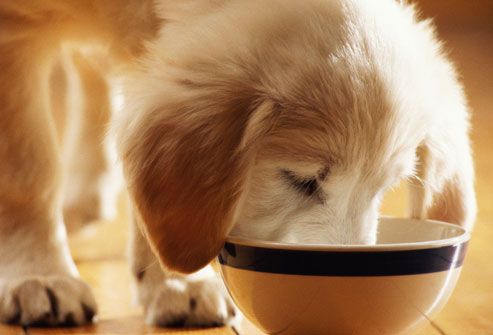
A meal of curd, rice, and chapati for dogs may seem wholesome, but it lacks the essential nutrients needed for a balanced diet. While curd is good for dogs due to its probiotics, and rice provides easy-to-digest carbs, the combination is low in fiber, vitamins, and minerals.
Try to provide your dog with balanced homemade meals that have the right proportion of lean meat (chicken or fish), vegetables like carrots or spinach, and healthy fats. A complete nutritional profile, including proteins, fats, vitamins, and minerals, is vital for your dog to stay hearty.
Always consult with your veterinarian to determine the best diet for your dog, as individual nutritional needs vary.
Join the sploot Community
sploot's thriving community of 50K+ dog parents and canine experts is the ideal space for you to seek answers for all your dog-related questions, explore fresh food options, or availing top-notch dog grooming and dog walking services. We offer everything you need to be the best pet parent. Also get a chance to join our interactive AMA sessions, engage in Pup Talks, and exclusive events designed for doting dog lovers. Stay connected with the latest updates and follow sploot on Instagram to dive deeper into expert dog care!
FAQs
1. Can I feed my dog curd rice every day?
No. You can serve your dog curd rice sometimes but feeding this combination everyday is not a good idea because this meal is not well-balanced and lacks fiber, protein and other essential nutrients.
2. How much curd is good for dogs?
For most dogs, 1-2 tablespoons of plain curd a few times a week is sufficient. Do make sure to monitor them for any signs of lactose intolerance and consult your vet for specific recommendations based on your dog's size, age and health.
3. Which is better for dogs, rice or roti?
Rice is always a better choice over roti as it doesn’t contain gluten and is easy to digest. In contrast, roti is glutinous which makes it unsuitable for many dogs, especially those with sensitive tummies.
4. Can I give milk and chapati to my dog?
It's best to avoid giving milk and chapati to your dog, as many dogs are lactose intolerant, and chapati’s gluten content can be hard to digest. Choose more nutritious alternatives like lean meats, vegetables, or rice to keep them healthy.


